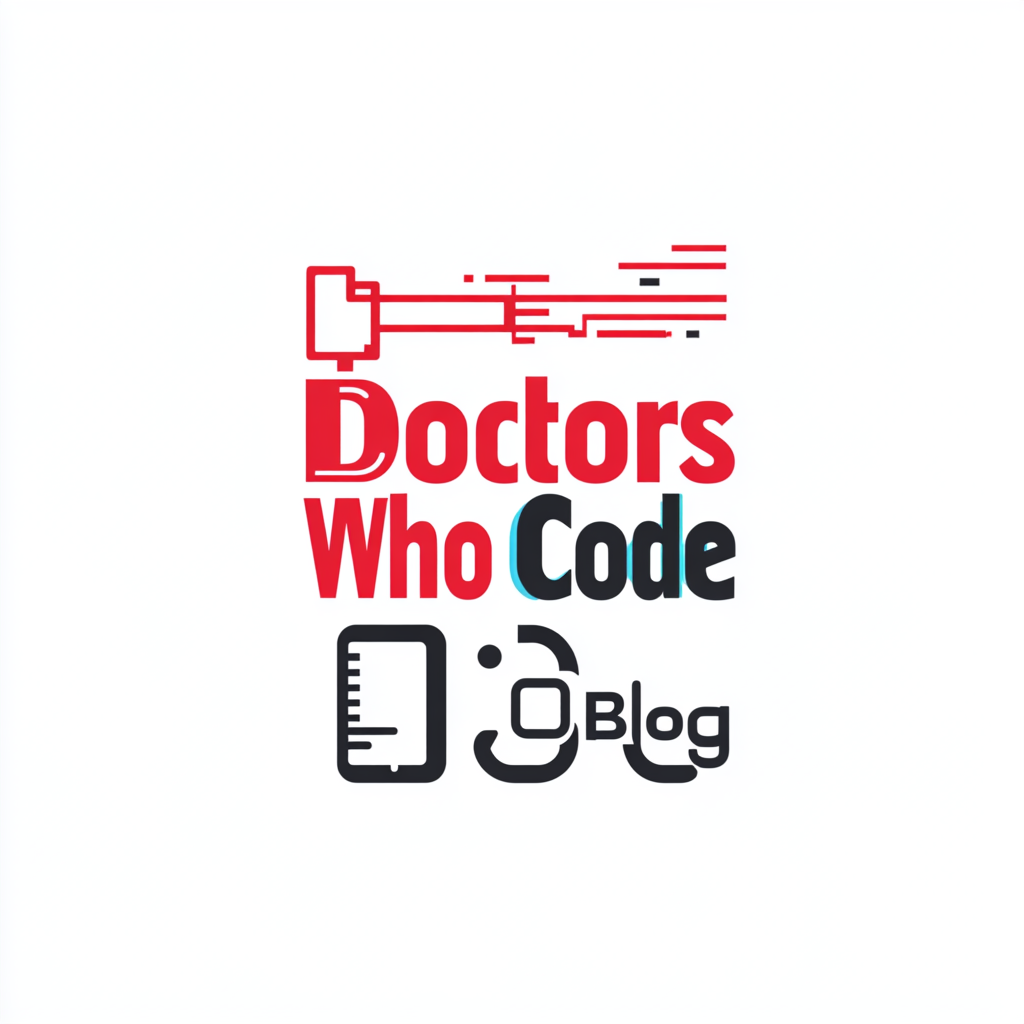Data-Driven Pregnancies: Continuous Glucose Monitoring and the Revolution in Diabetes Care
By Chukwuma Onyeije, MD, FACOG
For medical professionals exploring how technology can transform patient outcomes, the management of diabetes in pregnancy (DIP)—whether Type 1 Diabetes (T1D), Type 2 Diabetes (T2D), or Gestational Diabetes Mellitus (GDM)—is a powerful case study.
The stakes could not be higher: poorly controlled glucose during pregnancy significantly increases maternal and fetal risks, including congenital anomalies, preeclampsia, and macrosomia (Large for Gestational Age, LGA). Optimizing outcomes requires rigorous control, ideally achieving A1C <6.5% prior to conception and <6% during pregnancy, when this can be done without significant hypoglycemia.
This is where Continuous Glucose Monitoring (CGM) is reshaping the standard of care. By providing rich, continuous data streams—72 times more data than conventional four-times-per-day fingerstick monitoring—CGM enables finer therapeutic adjustments, greater safety, and the possibility of preventing adverse outcomes.
CGM in Type 1 Diabetes: High-Certainty Evidence
For individuals with Type 1 Diabetes in pregnancy, the case for CGM is conclusive.
The landmark CONCEPTT randomized controlled trial (RCT) demonstrated that real-time CGM (rtCGM) combined with standard care yields:
- Improved Maternal Glycemia: Significant reduction in third-trimester HbA1c.
- Better Neonatal Outcomes:
- Lower risk of LGA (OR, 0.51)
- Lower neonatal hypoglycemia (OR, 0.45)
- Fewer NICU admissions >24 hours (OR, 0.48)
Reflecting this evidence, both the American Diabetes Association (ADA) and NICE now recommend CGM in pregnancy for T1D patients. Emerging guidelines also support Automated Insulin Delivery (AID) systems, with pregnancy-specific glucose targets.
🔑 Goal: Achieve Time in Range (TIR) >70% (63–140 mg/dL).
CGM in Gestational Diabetes Mellitus (GDM): The Data Frontier
GDM has traditionally been managed with nutrition, lifestyle modification, and insulin if needed. But CGM is rapidly proving its added value.
A recent RCT comparing rtCGM with capillary blood glucose (CBG) monitoring found:
- Higher TIR: CGM users achieved 93% TIR (60–140 mg/dL) vs. 88% with CBG.
- Lower Mean Glucose: CGM users had lower 24-hour and daytime averages.
A systematic review further found that intermittent CGM in GDM achieved similar HbA1c reductions to those observed in T1D (MD –0.18%), albeit with moderate-certainty evidence.
While these studies were not powered to directly evaluate neonatal outcomes, quasi-experimental data link CGM use to reduced risks of:
- LGA (OR, 0.46)
- Neonatal hypoglycemia (OR, 0.36)
This positions CGM as a technology ready to advance from experimental use to standard care in GDM—pending larger trials confirming perinatal benefits.
Key CGM Metrics: What Clinicians Should Track
For clinicians leveraging CGM, several metrics directly correlate with outcomes like reduced LGA:
| Diabetes Type | Protective CGM Metric | Evidence |
|---|---|---|
| T1D | ↑ %TIR and ↓ Mean Sensor Glucose | RCT & quasi-experimental |
| GDM | ↓ Mean Sensor Glucose | Quasi-experimental |
| All DIP | ↓ HbA1c (–0.22%) | RCT meta-analysis (moderate certainty) |
👉 Clinical Insight: These granular CGM metrics enable interventions earlier and with more precision than HbA1c alone, which averages out short-term variability.
Type 2 Diabetes: Evidence Gap, but Trials in Progress
Unlike T1D and GDM, the role of CGM in Type 2 Diabetes during pregnancy remains less clear due to limited high-quality evidence.
Ongoing RCTs are expected to clarify:
- Whether CGM improves outcomes beyond standard insulin therapy.
- How CGM can guide patient-centered lifestyle interventions in T2D pregnancies.
Until then, clinical decision-making relies on extrapolation and individualized use.
Clinical Delivery: The Interprofessional Imperative
CGM implementation in DIP is not just about devices—it’s about team-based care. Successful outcomes require coordination between:
- Maternal-Fetal Medicine Specialists
- Endocrinologists
- Registered Dietitian Nutritionists (RDNs)
- Diabetes Care and Education Specialists
For pharmacologic management, insulin remains the gold standard in pregnancy, given safety concerns about metformin and glyburide crossing the placenta.
Conclusion: The Future Is Data-Driven
The trajectory is unmistakable:
- In T1D pregnancy, CGM is now foundational.
- In GDM, mounting evidence supports integration into clinical workflows.
- In T2D, we await the data, but momentum is building.
CGM represents more than a new diagnostic—it’s a paradigm shift toward precision, continuous, and data-driven obstetric care. The revolution in diabetes technology is not only improving numbers on a chart but is already reshaping lives for mothers and babies.
✅ Doctors Who Code Takeaway: For clinicians exploring the intersection of AI, technology, and maternal-fetal medicine, CGM offers a model for how continuous, granular data can revolutionize clinical practice. The next frontier will involve integrating CGM streams into predictive analytics, AI-guided insulin delivery, and interoperable maternal health platforms.
Chuck
